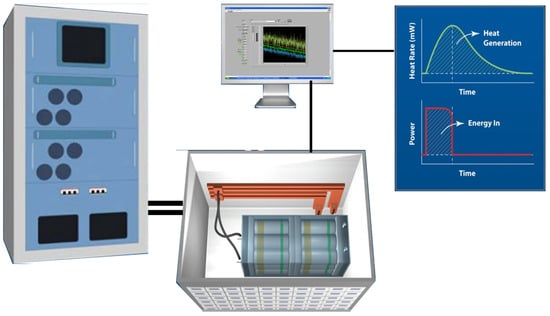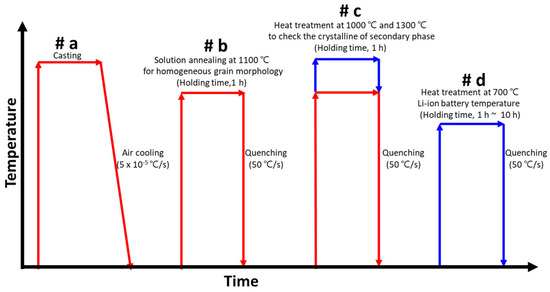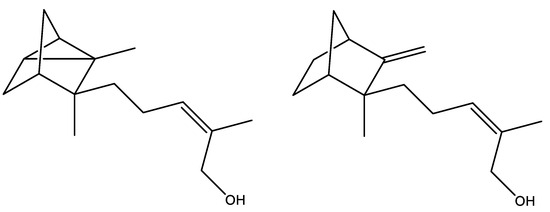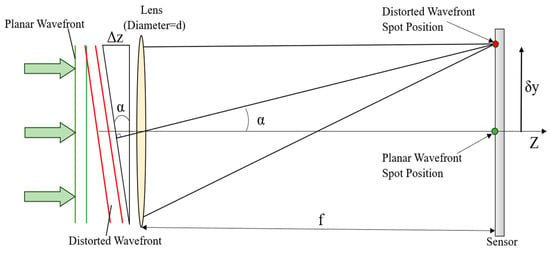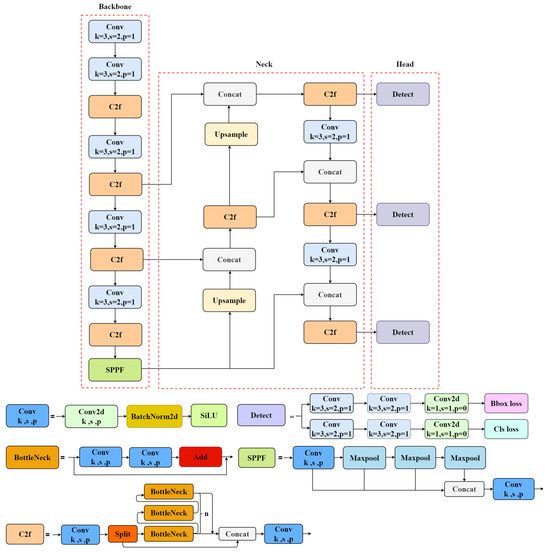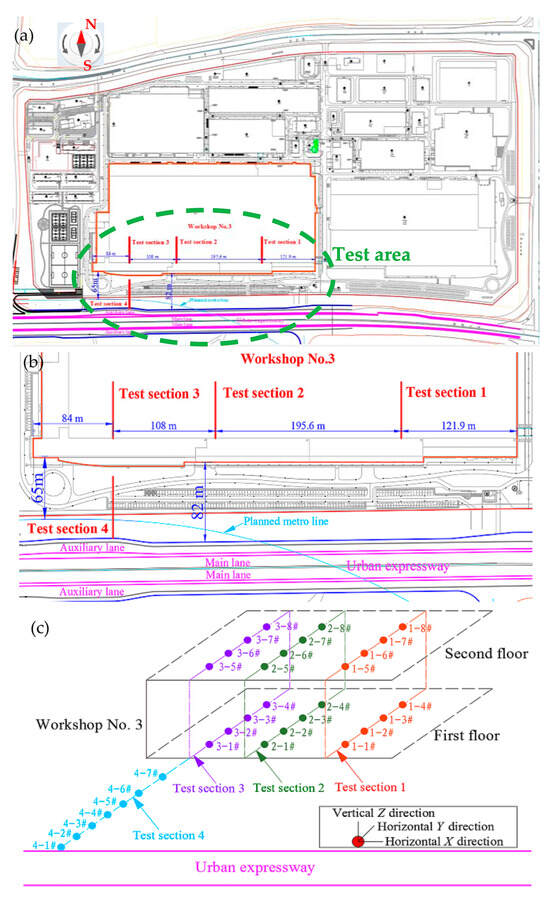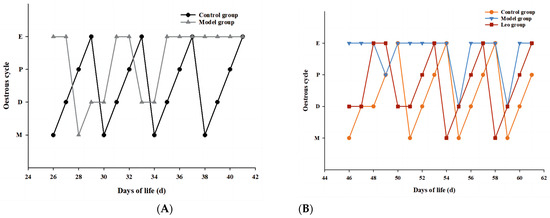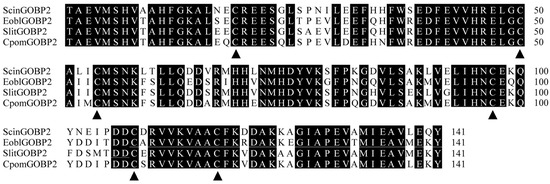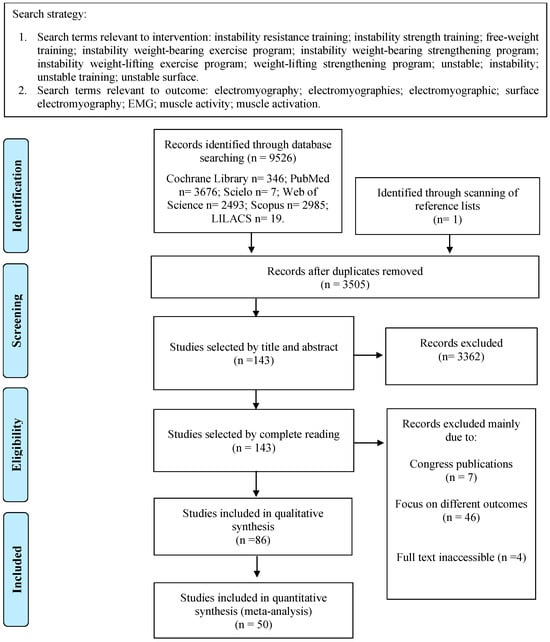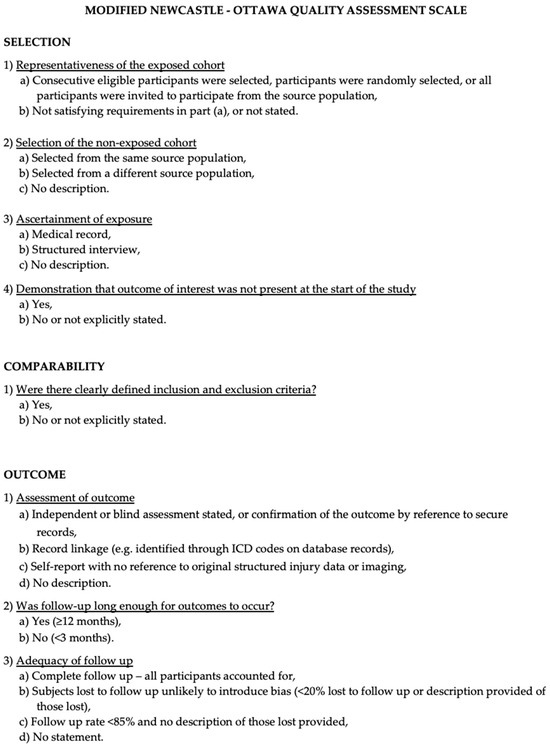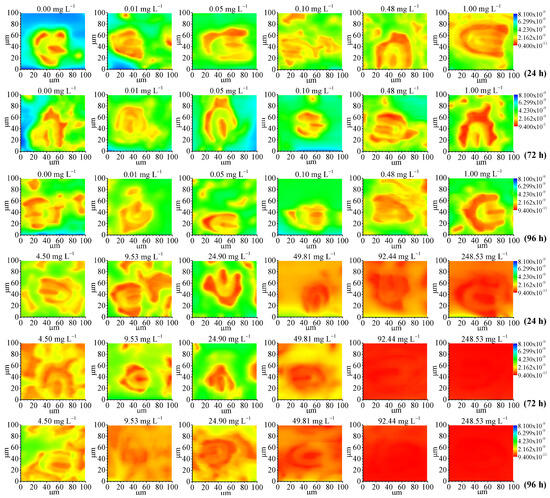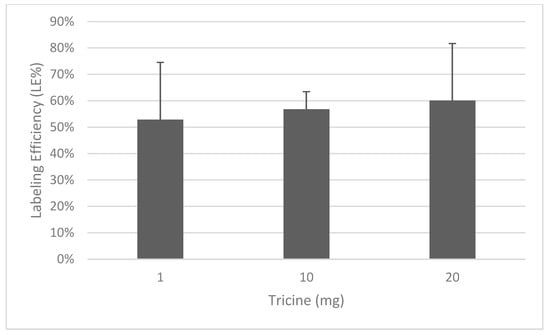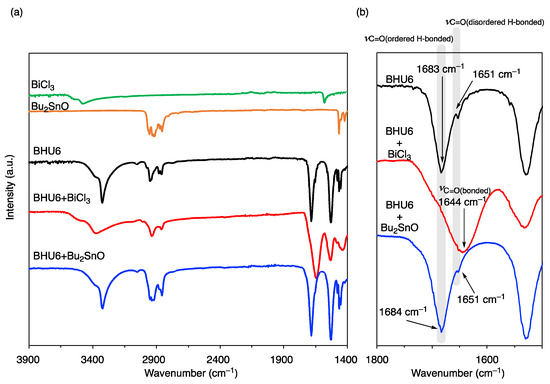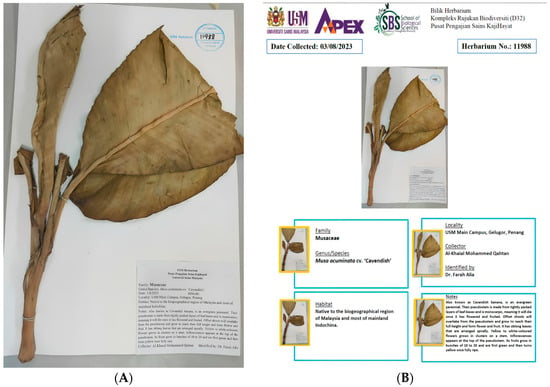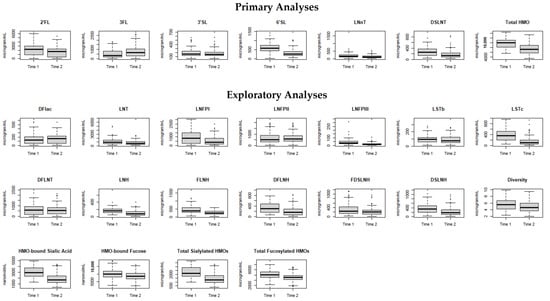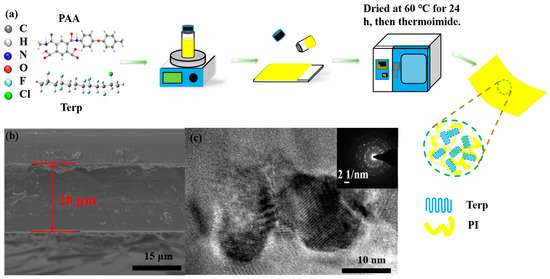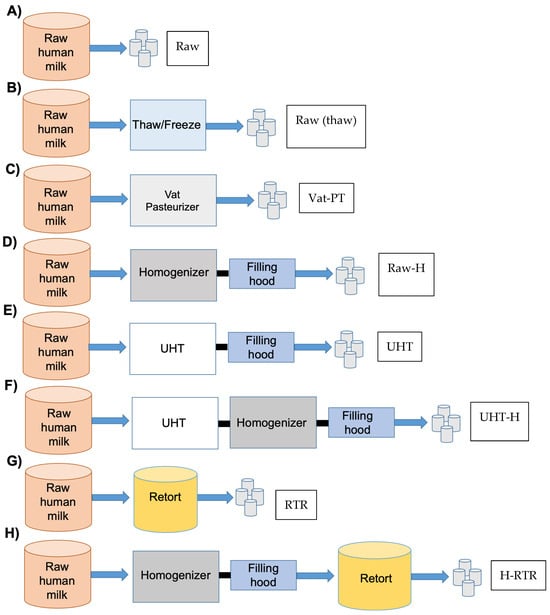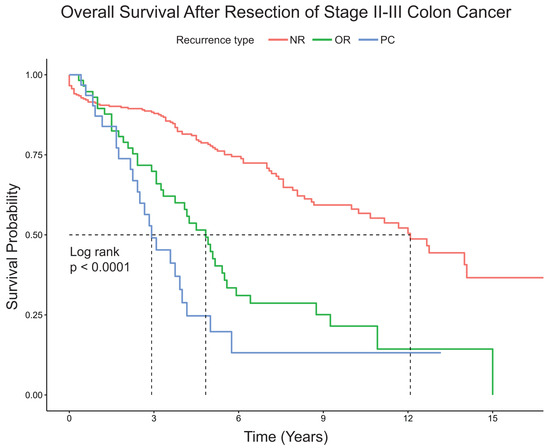Background/Objectives: Tuberculum sellae meningiomas (TSMs) constitute 5–10% of intracranial meningiomas, often causing visual impairment. Traditional microsurgical transcranial approaches (MTAs) have been effective, but the emergence of innovative surgical trajectories, such as endoscopic endonasal approaches (EEAs), has sparked debate. While EEAs offer advantages like reduced brain retraction, they are linked to higher cerebrospinal fluid leak (CSF leak) risk. This meta-analysis aims to comprehensively compare the efficacy and safety of EEAs and MTAs for the resection of TSMs, offering insights into their respective outcomes and complications.
Methods: A comprehensive literature review of the databases PubMed, Ovid MEDLINE, and Ovid EMBASE was conducted for articles published on TSMs treated with either EEA or MTA until 2024. The systematic review was performed according to the Preferred Reporting Items for Systematic Reviews and Meta-Analysis guidelines. Meta-analysis was performed to estimate pooled event rates and assess heterogeneity. Fixed- and random-effects were used to assess 95% confidential intervals (CIs) of presenting symptoms, outcomes, and complications.
Results: A total of 291 papers were initially identified, of which 18 studies spanning from 2000 to 2024 met the inclusion criteria. The exclusion of 180 articles was due to reasons such as irrelevance, non-reporting of selected results, systematic literature review or meta-analysis, and a lack of details on method/results. The 18 studies comprised a total sample of 1093 patients: 444 patients who underwent EEAs and 649 patients who underwent MTAs for TSMs. Gross total resection (GTR) rates ranged from 80.9% for EEAs to 79.8% for MTAs. The rate of visual improvement was 86.6% in the EEA group and 65.4% in the MTA group. The recurrence rate in the EEA group was 6.9%, while it was 5.1% in MTA group. The postoperative complications analyzed were CSF leak, infections, dysosmia, intracranial hemorrhage (ICH), and endocrine disorders. The rate of CSF leak was 9.8% in the EEA group and 2.1% in MTA group. The rate of infections in the EEA group was 5.7%, while it was 3.7% in the MTA group. The rate of dysosmia ranged from 10.3% for MTAs to 12.9% for EEAs. The rate of ICH in the EEA group was 0.9%, while that in the MTA group was 3.8%. The rate of endocrine disorders in the EEA group was 10.8%, while that in the MTA group was 10.2%. No significant difference was detected in the rate of GTR between the EEA and MTA groups (OR 1.15, 95% CI 0.7–0.95;
p = 0.53), while a significant benefit in visual outcomes was shown in EEAs (OR 3.54, 95% CI 2.2–5.72;
p < 0.01). There was no significant variation in the recurrence rate between EEA and MTA groups (OR 0.92, 95% CI 0.19–4.46;
p = 0.89). While a considerably increased chance of CSF leak from EEAs was shown (OR 4.47, 95% CI 2.52–7.92;
p < 0.01), no significant difference between EEA and MTA groups was detected in the rate of infections (OR 1.92, 95% CI 0.73–5.06;
p = 0.15), the rate of dysosmia (OR 1.25, 95% CI 0.31–4.99;
p = 0.71), the rate of ICH (OR 0.61, 95% CI 0.20–1.87;
p = 0.33), and the rate of endocrine disorders (OR 1.16, 95% CI 0.69–1.95;
p = 0.53).
Conclusions: This meta-analysis suggests that both EEAs and MTAs are viable options for TSM resection, with distinct advantages and drawbacks. The EEAs demonstrate superior visual outcomes in selected cases while GTR and recurrence rates support the overall effectiveness of MTAs and EEAs. Endoscopic endonasal approaches had a higher chance of CSF leaks, but there are no appreciable variations in other complications. These results provide additional insights regarding patient outcomes in the intricate clinical setting of TSMs.
Full article
 IJMS
IMPACT
IJMS
IMPACT Applied Sciences
IMPACT
Applied Sciences
IMPACT Sustainability
IMPACT
Sustainability
IMPACT Sensors
IMPACT
Sensors
IMPACT JCM
IMPACT
JCM
IMPACT Energies
IMPACT
Energies
IMPACT Molecules
IMPACT
Molecules
IMPACT Materials
IMPACT
Materials
IMPACT Remote Sensing
IMPACT
Remote Sensing
IMPACT Cancers
IMPACT
Cancers
IMPACT Electronics
IMPACT
Electronics
IMPACT Mathematics
IMPACT
Mathematics
IMPACT Foods
IMPACT
Foods
IMPACT Buildings
IMPACT
Buildings
IMPACT Plants
IMPACT
Plants
IMPACT Nutrients
IMPACT
Nutrients
IMPACT Animals
IMPACT
Animals
IMPACT Polymers
IMPACT
Polymers
IMPACT Water
IMPACT
Water
IMPACT Diagnostics
IMPACT
Diagnostics
IMPACT Biomedicines
IMPACT
Biomedicines
IMPACT Agronomy
IMPACT
Agronomy
IMPACT Microorganisms
IMPACT
Microorganisms
IMPACT Processes
IMPACT
Processes
IMPACT Healthcare
IMPACT
Healthcare
IMPACT Forests
IMPACT
Forests
IMPACT Cells
IMPACT
Cells
IMPACT JMSE
IMPACT
JMSE
IMPACT Medicina
IMPACT
Medicina
IMPACT Viruses
IMPACT
Viruses
IMPACT Agriculture
IMPACT
Agriculture
IMPACT Nanomaterials
IMPACT
Nanomaterials
IMPACT IJERPH
IJERPH
 Land
IMPACT
Land
IMPACT Pharmaceutics
IMPACT
Pharmaceutics
IMPACT Pharmaceuticals
IMPACT
Pharmaceuticals
IMPACT Religions
IMPACT
Religions
IMPACT Biomolecules
IMPACT
Biomolecules
IMPACT Life
IMPACT
Life
IMPACT Micromachines
IMPACT
Micromachines
IMPACT Atmosphere
IMPACT
Atmosphere
IMPACT Antioxidants
IMPACT
Antioxidants
IMPACT Genes
IMPACT
Genes
IMPACT Metals
IMPACT
Metals
IMPACT Symmetry
IMPACT
Symmetry
IMPACT Children
IMPACT
Children
IMPACT Coatings
IMPACT
Coatings
IMPACT Vaccines
IMPACT
Vaccines
IMPACT Horticulturae
IMPACT
Horticulturae
IMPACT Education Sciences
IMPACT
Education Sciences
IMPACT Minerals
IMPACT
Minerals
IMPACT Brain Sciences
IMPACT
Brain Sciences
IMPACT JPM
IMPACT
JPM
IMPACT Bioengineering
IMPACT
Bioengineering
IMPACT




